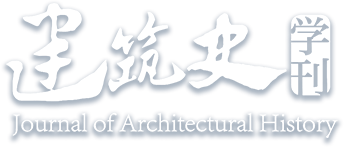Abstract:
The headman’s architecture of the ethnic Tu minority presents a unique local approach that does not fit into the categories of official or residential structures. However, due to limited historical documentation and unclear architectural systems in local buildings, determining their ages poses a considerable challenge. This paper addresses this challenge by proposing a periodization method specifically tailored for the headman’s architecture in the ethnic Tu minority. Through the reconstruction of building dimensions and the establishment of a dimensional sequence, this method allows for the inference of relevant building ages. Moreover, in response to the phenomenon of varying construction dimensions within this region, the paper introduces the concept of “local official buildings” as another type of high-level architecture distinct from official and residential structures. These buildings represent a different construction system altogether. This study contributes significantly to the advancement of research on regional architecture dating to promote clarifying the diverse types of traditional Chinese architectural construction systems.


 下载:
下载: